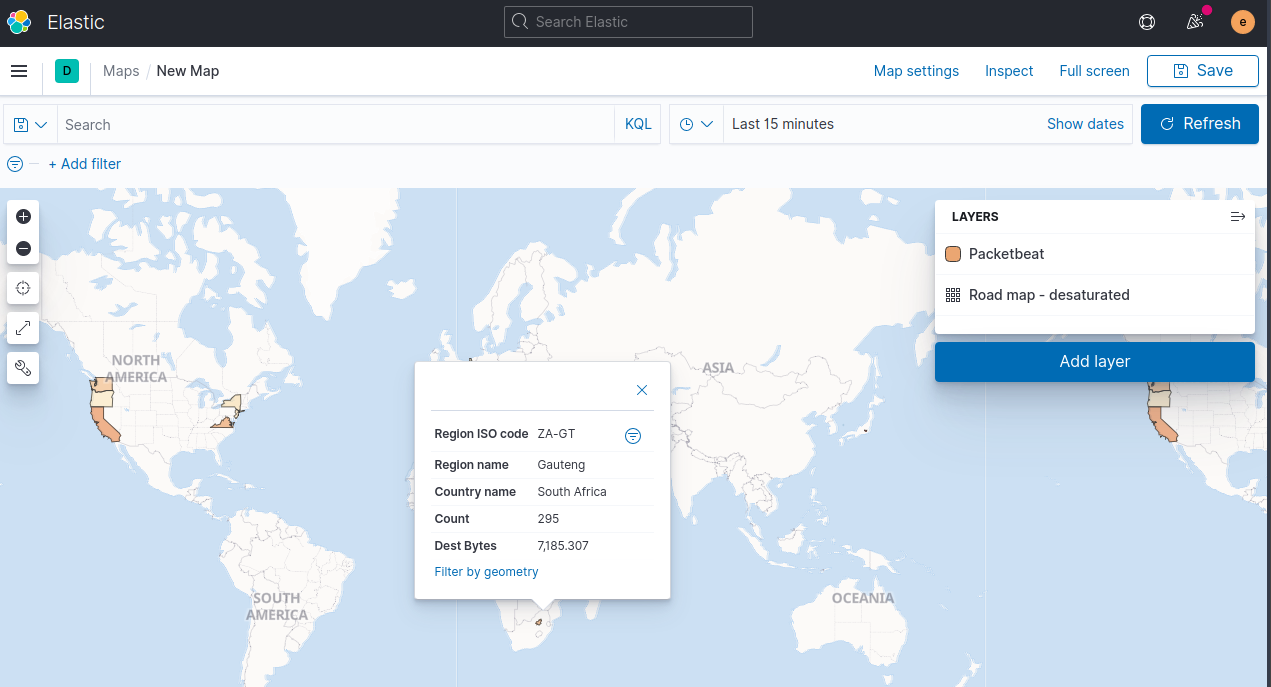New issue
Have a question about this project? Sign up for a free GitHub account to open an issue and contact its maintainers and the community.
By clicking “Sign up for GitHub”, you agree to our terms of service and privacy statement. We’ll occasionally send you account related emails.
Already on GitHub? Sign in to your account
World Countries and Administrative Regions update #196
Conversation
Co-authored-by: Nick Peihl <nickpeihl@gmail.com>
💚 Build Succeeded |
There was a problem hiding this comment.
Choose a reason for hiding this comment
The reason will be displayed to describe this comment to others. Learn more.
lgtm! tested in Kibana 7.10 and 7.9 with and without proxying in Kibana.
We probably discussed it, but I can't remember. What was our reasoning for exposing in the manifest the country codes in the administrative regions data? Tooltips? It doesn't look like we can filter on country codes on EMS Boundaries in Maps and I don't know why anyone would want to use them in joins.
I don't think we discussed it but my reasoning is that could be useful for anyone downloading it and ingesting it in the cluster. I think they can also be a good addition to any map tooltip showing regions Finally, I also liked the idea of an explicit field linking both datasets instead of relying on the region iso2 prefix, but this is more speculative. Still, if that's not something we'd like to offer we could simply remove the columns in the data processing after generating the countries dataset. |
There was a problem hiding this comment.
Choose a reason for hiding this comment
The reason will be displayed to describe this comment to others. Learn more.
thx for all the updates. these are becoming really valuable, high quality datasets (and not just for Kibana users).
as discussed with @jsanz, I'd consider removing the metric-fields from the actual data (topo and geojson files) in the world-countries. Until there is support for these in Kibana ( in the UX (elastic/kibana#28367) and with supporting math-scripting (elastic/kibana#28265)) this is "phantom"-data that an end-user will not know is there.
💚 Build Succeeded |
|
At ad846ee I've left the previous |
I think we should leave the columns in the data. I was more concerned about listing those fields in the manifest since they aren't very useful as join fields. But they are probably useful for tooltips so I think this is fine. |

Opening the final PR to take into production the changes in the datasets developed on PRs #188 #192 and #195 that improve our World Countries and Admin Regions dataset.
Some remarks:
Check below a quick clip comparing the datasets between
7.8and7.10-SNAPSHOT.These changes can be tested from the staging version in Kibana configuration or from EMS landing page.
7.8
7.10
cc. @thomasneirynck @nickpeihl